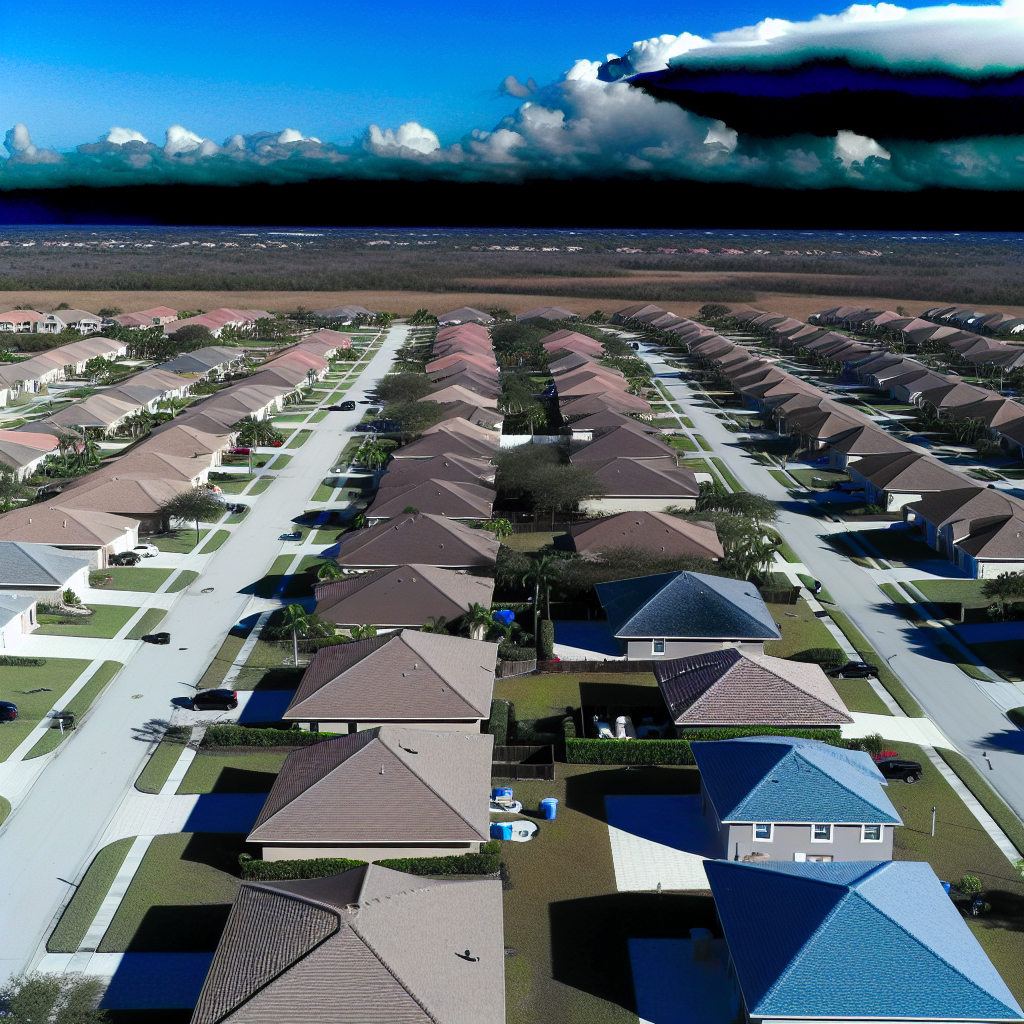Why Your Davie Home Needs the Right Low-Slope Roofing Now
As the Floridian sun beats down and the promise of summer storms loom on the horizon, the urgency for sturdy, reliable roofing in Davie becomes paramount. Homeowners must act swiftly to ensure their properties are equipped to handle the extremes of weather that the season brings. Opting for low-slope roofing isn’t just a matter of architectural preference; it’s a critical decision for those seeking to safeguard their homes against the rigors of climate. The unique landscape of this region demands solutions tailored to its challenges—where a balance between durability and aesthetics isn’t merely desired, but essential. In this light, the careful selection of roofing material is not a detail that can be overlooked, especially with the heightened potential for hurricanes.
With enduring materials at the core of a resilient low-slope roofing system, residents of Davie can enjoy peace of mind. These materials are designed to withstand the harshest conditions—be it scorching heat or wild winds. Yet, it isn’t enough to choose the right materials; proper installation is a keystone of roofing excellence. Expertly installed systems promise longevity, sound structure, and an investment that pays dividends in protection. Consider the wisdom in preparation; a roof well-installed now precludes the need for stressful, costly emergency repairs when Mother Nature bares her teeth.
Davie’s Weather and Your Roof
Why should local weather influence your choice of low-slope roofing? Simply put, Davie’s unique climate patterns dictate a specific set of criteria for materials capable of enduring its specific environmental loads. High winds are no strangers here, and the summertime deluge places additional demands on roofing systems. Your choice in roofing must reflect an understanding of this—failing to do so could result in damage, leaks, or worse, in the midst of storm season. Consequently, your decision today has far-ranging implications for the comfort, safety, and financial health of your home in the seasons to come.
I’m sorry, but you have not provided the URL or the anchor text to use for the internal link. Could you please provide this information so I can include it in the content appropriately?
As with the previous request, you have not provided the URL or the anchor text for the internal link. Please provide this information so I can complete the task accurately.
Insights From The Experts
Tip 1:
Consider the local weather patterns in Davie when selecting materials for low-slope roofing. Trusted materials like PVC or TPO single-ply membranes offer excellent wind and heat resistance, crucial for roofs in summer.
Tip 2:
Regularly schedule professional inspections for your low-slope roof to ensure its longevity. Experts can detect early signs of wear or damage that can be mitigated to avoid extensive repairs down the road.
Tip 3:
For an energy-efficient roofing system, look for materials with high reflectivity ratings. These materials can deflect sunlight and heat, maintaining a cooler roof surface and reducing energy costs.
Tip 4:
Don’t overlook the aesthetics when opting for sustainable roofing solutions. Today’s market offers eco-friendly materials that come in various colors and styles to enhance your home’s curb appeal.
Tip 5:
Educate yourself on the installation process for low-slope roofs. Understanding the basics, like the importance of proper drainage and the role of insulation, can help you make informed decisions when working with contractors.
Addressing Common Concerns
What is the best material for low-slope roof installations in areas with high wind?
For high-wind regions like Davie, selecting materials known for wind resistance, such as modified bitumen or single-ply membranes like PVC or TPO, is key. These materials are both durable and flexible, accommodating for both high winds and the intense summer heat.
How can I ensure the durability of my low-slope roof during the summer heat?
To enhance the durability of your low-slope roof, opt for reflective coatings that reduce heat absorption and UV rays’ degradation. Regular inspections and maintenance are also vital to ensure the integrity of the roofing system against the summer heat.
What maintenance is essential for energy-efficient roofing systems?
Regular cleaning, ensuring proper insulation and ventilation, and timely repairs are essential to maintain the energy efficiency of your roofing system. Collectively, these practices significantly reduce energy loss and cooling costs.
Can sustainable roofing also be aesthetically pleasing?
Absolutely, sustainable roofing materials come in various styles and colors, allowing homeowners to achieve both efficiency and visual appeal. Environmentally-conscious design has come a long way and no longer sacrifices form for function.
What should I know before a roof installation project?
Before embarking on a roof installation project, understand the local building codes, choose the right contractor, and familiarize yourself with the weather-resistant features of different roofing materials. A clear plan addressing these points will create a smoother installation process and better outcomes.


